How to get it right: Bolting timbers together correctly
If you are doubling up floor joists, creating trimmers or trimming joists around stairs and chimneys they all need connecting properly so that they can act as a single unit.
Whilst timber floors and their connection details should be designed by a competent person, the ‘Eurocode 5 Span Tables (4th edition)’ published by TRADA offers good advice on typical connection details for solid timbers, such as the sizes of nails or bolts and their location and centres. Some of the key parts of this guidance document in relation to connecting trimmers or trimming joists are summarised below:
The nail specification used is dependent on the thickness of the timbers being used:
- 3.75mm diameter x 75mm long for 38mm wide sections
- 4.00mm diameter x 90mm long for 44mm and 47mm wide sections
- 5.00mm diameter x 125mm long for 63mm, 72mm and 89mm wide sections
The minimum bolt specification to be used is:
- M12 bolts (min. 3mm x 38mm M12 washers under head and nut) for 38mm, 44mm, 47mm and 63mm wide sections
- M16 bolts (min. 4mm x 48mm M16 washers under head and nut) for 72mm and 89mm wide sections
It may be possible to use other types of fasteners for which capacities have been obtained experimentally and declared by manufacturers with third party certification e.g. dog tooth connectors.
Fixing can be either along the centreline or staggered as shown in the diagrams below:
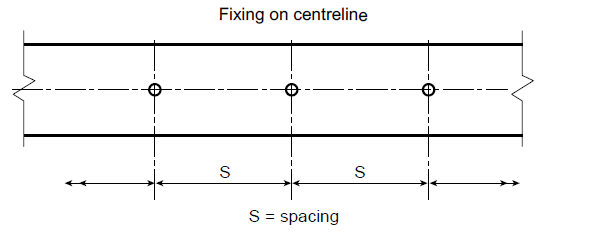
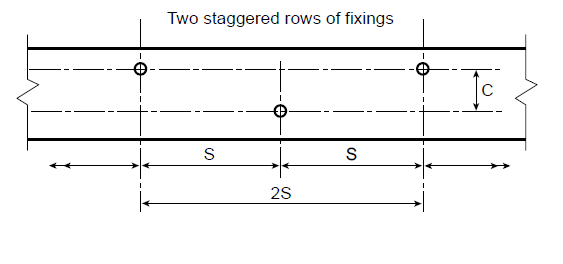
Nails must be a minimum of 15 times their diameter from the joist end and at least 5 times their diameter from the top and bottom.
Bolts must be a minimum of 7 times their diameter or 80mm from the joist end and at least 4 times their diameter from the top and bottom.

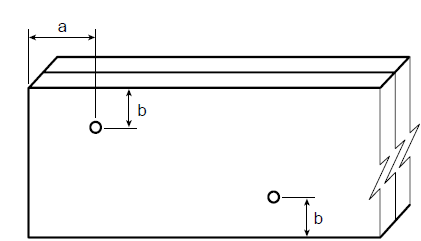
Images courtesy of Eurocode 5 Span Tables (4th edition)’ published by TRADA
Double member trimmers and trimming joists should be fixed in line with a minimum of two nails or two bolts at 1/3 span positions. Furthermore, as a minimum, the fixing centres (S) for double member trimmers and trimming joists should be at centres of no more than twice the joist spacing (up to a maximum of 1200mm). However, required fixing centres vary according to the total length and load on the joists.
These tables (click to open in a new tab/window) have been taken from ‘Eurocode 5 Span Tables (4th edition)’ published by TRADA to illustrate how the above works and should be consulted for any other timber sizes not shown.
No notching or drilling of trimmers or trimming joists should be carried out unless proven by calculation, other than to accommodate the flanges of joist hangers.
Further reading
Eurocode 5 Span Tables 4th edition for solid timber members in floors, ceilings and roofs for dwellings, August 2014, BM Trada, ISBN: 978-1-909594-14-2, Published by BM TRADA
Interested in this sort of thing?
Browse our 'How to get it right' articles
Please Note: Every care was taken to ensure the information was correct at the time of publication. Any written guidance provided does not replace the user’s professional judgement. It is the responsibility of the dutyholder or person carrying out the work to ensure compliance with relevant building regulations or applicable technical standards.
This article was reviewed and updated on 10 August 2023
Sign up to the building bulletin newsletter
Over 48,000 construction professionals have already signed up for the LABC Building Bulletin.
Join them and receive useful tips, practical technical information and industry news by email once every 6 weeks.
Subscribe to the Building Bulletin
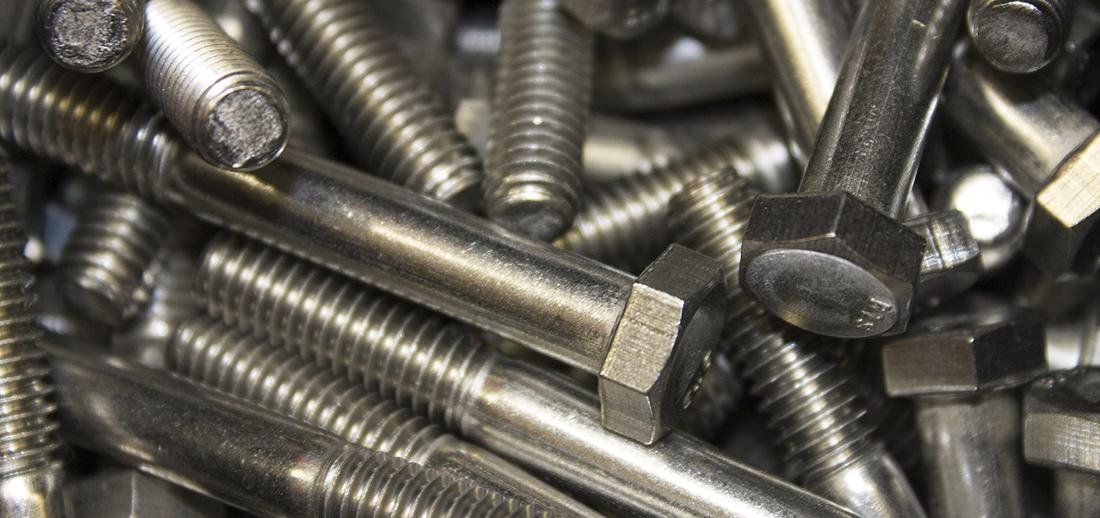
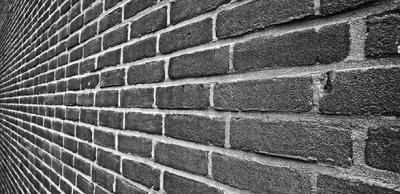
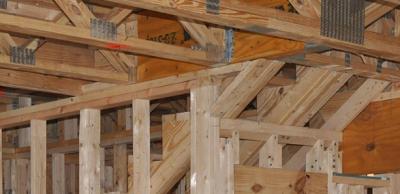


Comments
Timberlocks
Submitted 6 years 2 months ago
Do Timber Locks (In-Dex Timber Screw ) can replace the bolts for joining timber together ?
Thanks
Reply to: Timberlocks
Submitted 6 years 2 months ago
The suitability of the fixings used will depend on the particular situation. Generally all fixings should be designed. The data sheet for In-dex timber screws provides the design information for them. These screws are generally used for landscaping and timber decking.
Hope that helps.
John, LABC
Roof Rafters
Submitted 5 years 10 months ago
Do 2"x8" rafters can be fitted instead ?
Plain tile Roof slope 38 degree, distance ridge to steel purlin 4.6m
Thanks
Floor joist
Submitted 5 years 5 months ago
Stone house with a first floor room 5.5W x 6.5m L
The room has no ceiling just 5 large oak beams above it running across the width of 5.5m , widely spaced , sound but bent and twisted. Not suitable to put a floor on to act as ceiling/attic floor above.
The north south wall tops above the oak beams have pockets in the stone for beams.
It is not possible to get spans of timber over 4m in the building and above the old oak beams.
Question: How do I span the 6.5m to make a floor for attic room above.
Join shorter spans together ? How?
Regards.
Reply to: Floor joist
Submitted 5 years 5 months ago
For this specific project it would be best to talk first to your local building control team and a structural engineer. You can find them by entering the postcode of your project in the 'find your council' bar at the top of our website.
Regards,
LABC
Extending old rafters
Submitted 4 years 11 months ago
There is one rafter each side that ends resting on the chimney which need to be extended to form a new ridge.
The existing rafters are 75mm X 60mm and fly over two purlins each side.
The rafter to be extended is within 30mm of the gable wall.
What would be an appropriate technique in this situation?
Because of the adjacent gable I don't have space to sandwich and extend using 2x 4X2.
I thought about butting an extension on to the existing rafter with a fish plate over the joint and forming a mini truss from below the joint.
Or....?
Suggestions please.
Many thanks
Reply
Submitted 4 years 11 months ago
The best advice we can give is to seek the services of a qualified structural engineer before you do anything.
In addition to the remedial work needed to support the roof timbers, you will also require design to support the remaining masonry chimney within the roof space. If the chimney is shared with another property then consideration will also be needed to ensure that the removal of your section of chimney will not be detrimental to the adjoining property.
The work will also require a building regulation application and you can discuss this with your local authority team. (Enter your postcode into the search box in top right hand corner of this page for direct contact details.)
Regards,
David - LABC
Can I span 19' 9" using a Bolted Beam.
Submitted 4 years 9 months ago
If this is possible what depth and thickness of timber will I require.
This is a Veranda area with Polycarbonate Sheets on 4" x 2" bearers.
Timber thickness
Submitted 4 years 4 months ago
bolt spacing for 5 x 2 inch joist
Submitted 4 years 4 months ago
I have a weakened joist (some rotting in the center from a slow leak over years) and i intend to widen the joist pocket on the exterior wall , and lay the other end of the joist on an internal wall. The joist is 5 x 2 inch and 8 feet long. I have been told to use M12 bolts at 2 feet intervals with glue in between. Does this sound about right - and would you recommend glue of dog tooth fasteners in between? Thanks
Add new comment